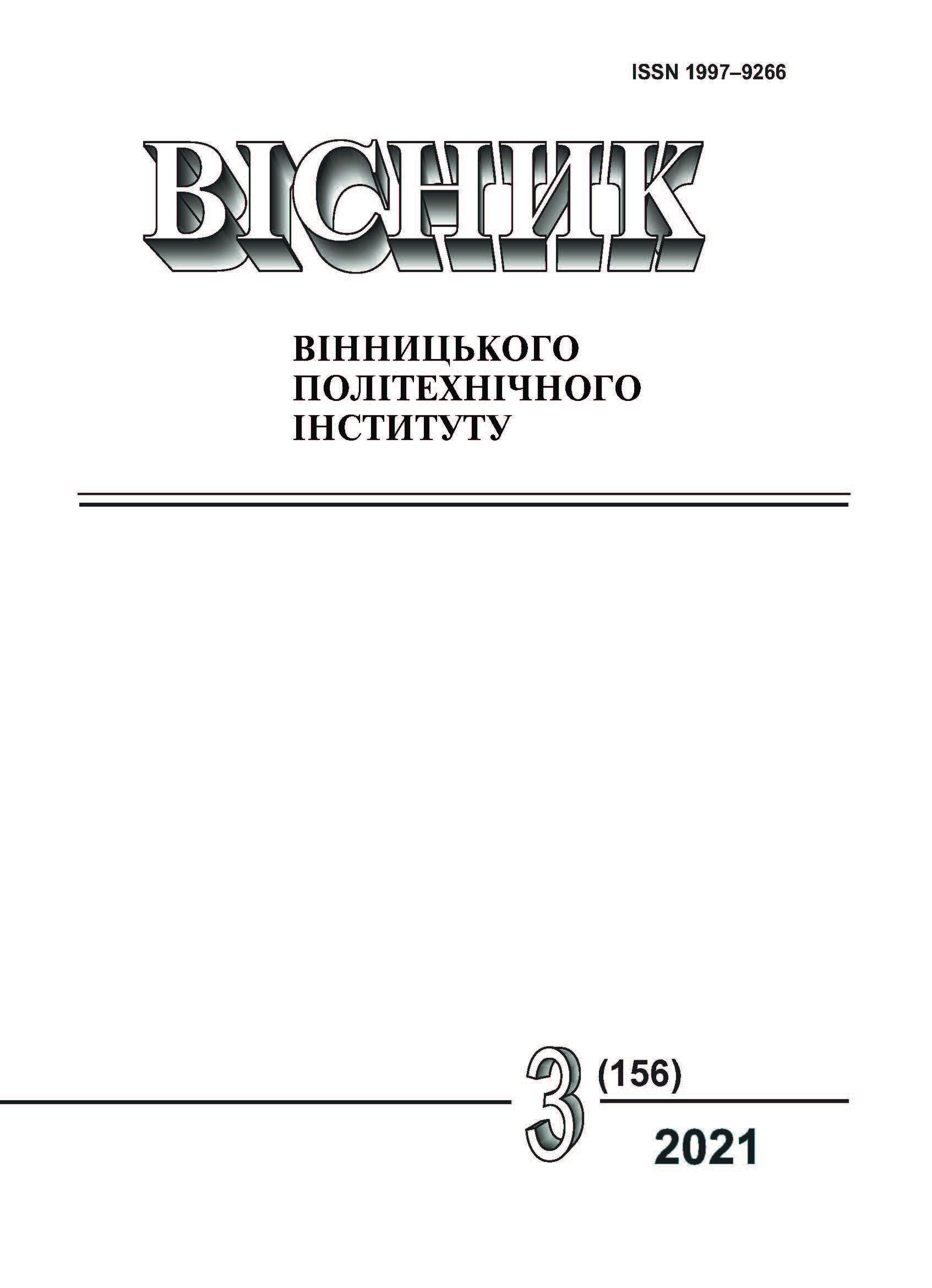ВИЗНАЧЕННЯ КОНТЕНТУ ТА СТРАТЕГІЙ ПІДВИЩЕННЯ ЙОГО ЕФЕКТИВНОСТІ У ВІРТУАЛЬНИХ СПІЛЬНОТАХ
DOI:
https://doi.org/10.31649/1997-9266-2021-156-3-69-77Ключові слова:
інформація, контент, контент-маркетинг, процес, стратегія, ефективністьАнотація
Проведено огляд контенту, як одного з ключових компонентів організації діяльності віртуальних спільнот. Досліджено процес поширення контенту, відповідно до цього створено модель «Процес формування контенту у віртуальній спільноті». Обґрунтовано важливість розуміння процесу надходження контенту до користувача. Проведений аналіз переваг та недоліків використання контенту в середовищі віртуальних спільнот. Визначено ролі користувача, який є основою цільової аудиторії віртуальної спільноти (агітатор, поширювач та оцінювач). Розроблено класифікацію контенту, відповідно до сучасних стандартів роботи віртуальних спільнот: за типом користувача, за формою подання, за цільовим призначенням, за видом об’єкта просування, за видом інформації та за стратегією використання. Підкреслено важливість правильної організації роботи з формування контенту. Досліджено стратегію «Загальних правил», яка базується на створенні міцного каналу взаємодії з користувачами. Проаналізовані правила стосуються мети, цілей, профілю потенційного користувача, ринку, модераторів з внутрішнього кола користувачів, оцінки, аналізу конкурентів, планування, інструментів, унікальності бренду, аналітики та програмного забезпечення. Перевірено на ефективність використання, стратегію «Тривимірного аналізу контенту» та SMART для роботи спільноти. Зазначено особливості стратегії «Тривимірного аналізу контенту», в основу яких закладено виконання ключових для діяльності спільноти процесів — аналіз, процес та контент. Властивості стратегії SMART вирізняють її акцентом на побудову продуктивних цілей для підвищення ефективності формування контенту у спільнотах. Кожній літері назви присвоєне слово, що описує характерні особливості цілей: конкретні, вимірювані, досяжні, відповідні та обмежені часом. Результати ефек тивності проаналізованих стратегій щодо підвищення рівня розміщення контенту у віртуальних спільнотах обґрунтовано у проведених експериментах. Зроблено відповідні висновки щодо проведеного дослідження контенту.
Посилання
О. Марковець, i Р. Паздерська, «Консолідація інформації про діяльність учасників групи в соціальній мережі Facebook,» Вісник Книжкової палати, № 6, с. 22-27, 2019. [Електронний ресурс]. Режим доступу: http://nbuv.gov.ua/UJRN/vkp_2019_6_7.
О. В. Марковець, i Р. С. Паздерська, «Збір інформації про діяльність учасників групи в соціальній мережі Facebook,» на конф. Інформація, комунікація, суспільство 2018. Львів, Україна: вид-во Львівської політехніки, 2018, с. 246-247.
K. Artem, R. Holoshchuk, N. Kunanets, T. Shestakevysh, and A. Rzheuskyi, “Information Support of Scientific Researches of Virtual Communities on the Platform of Cloud Services,” Advances in Intelligent Systems and Computing, 2019, 871, pp. 301-311.
N. Lotoshynska, I. Izonin, M. Nazarkevych, and S. Fedushko, “Consumer-centered design of the secondary packaging for industrial pharmaceuticals,” CIRP Journal of Manufacturing Science and Technology, no. 32, pp. 257-265, 2021.
O. Markovets, R. Pazderska, O. Horpyniuk, and Y. Syerov, “Informational support of effective work of the community manager with web communities,” CEUR Workshop Proceedings, no. 2654, pp. 710-722, 2020.
K. Molodetska, Y. Tymonin, O. Markovets, and A. Melnychyn, “Phenomenological model of information operation in social networking services,” Indonesian Journal of Electrical Engineering and Computer Science, no. 19(2), pp. 1078-1087, 2020.
N. Shakhovska, S. Fedushko, N. Kryvinska, and M. Gregus, Information technologies & applied sciences symposium (IT&AS 2021): Welcome message, CEUR Workshop Proceedings, 2021, 2824.
A. Stelmashchuk, et al., “Modeling and quantitative analysis of connectivity and conductivity in random networks of nanotubes,” Eastern-European Journal of Enterprise Technologies, no. 5(12), pp. 4-12, 2017.
Content Marketing Made Simple: A Step-by-Step Guide. [Online]. Available: https://neilpatel.com/what-is-content-marketing/.
Content marketing: defining a content marketing strategy. [Online]. Available: https://www.i-scoop.eu/content-marketing/defining-content-marketing-strategy/.
How to Craft a Social Media Content Strategy (from Start to Finish), 2020. [Online]. Available: https://www.semrush.com/blog/social-content-strategy/. Accessed on: Sep. 23, 2021.
SMART Goals: How to Make Your Goals Achievable. [Online]. Available: https://www.mindtools.com/pages/article/smart-goals.htm.
##submission.downloads##
-
PDF
Завантажень: 707
Опубліковано
Як цитувати
Номер
Розділ
Ліцензія

Ця робота ліцензується відповідно до Creative Commons Attribution 4.0 International License.
Автори, які публікуються у цьому журналі, згодні з такими умовами:
- Автори зберігають авторське право і надають журналу право першої публікації.
- Автори можуть укладати окремі, додаткові договірні угоди з неексклюзивного поширення опублікованої журналом версії статті (наприклад, розмістити її в інститутському репозиторії або опублікувати її в книзі), з визнанням її первісної публікації в цьому журналі.
- Авторам дозволяється і рекомендується розміщувати їхню роботу в Інтернеті (наприклад, в інституційних сховищах або на їхньому сайті) до і під час процесу подачі, оскільки це сприяє продуктивним обмінам, а також швидшому і ширшому цитуванню опублікованих робіт (див. вплив відкритого доступу).





